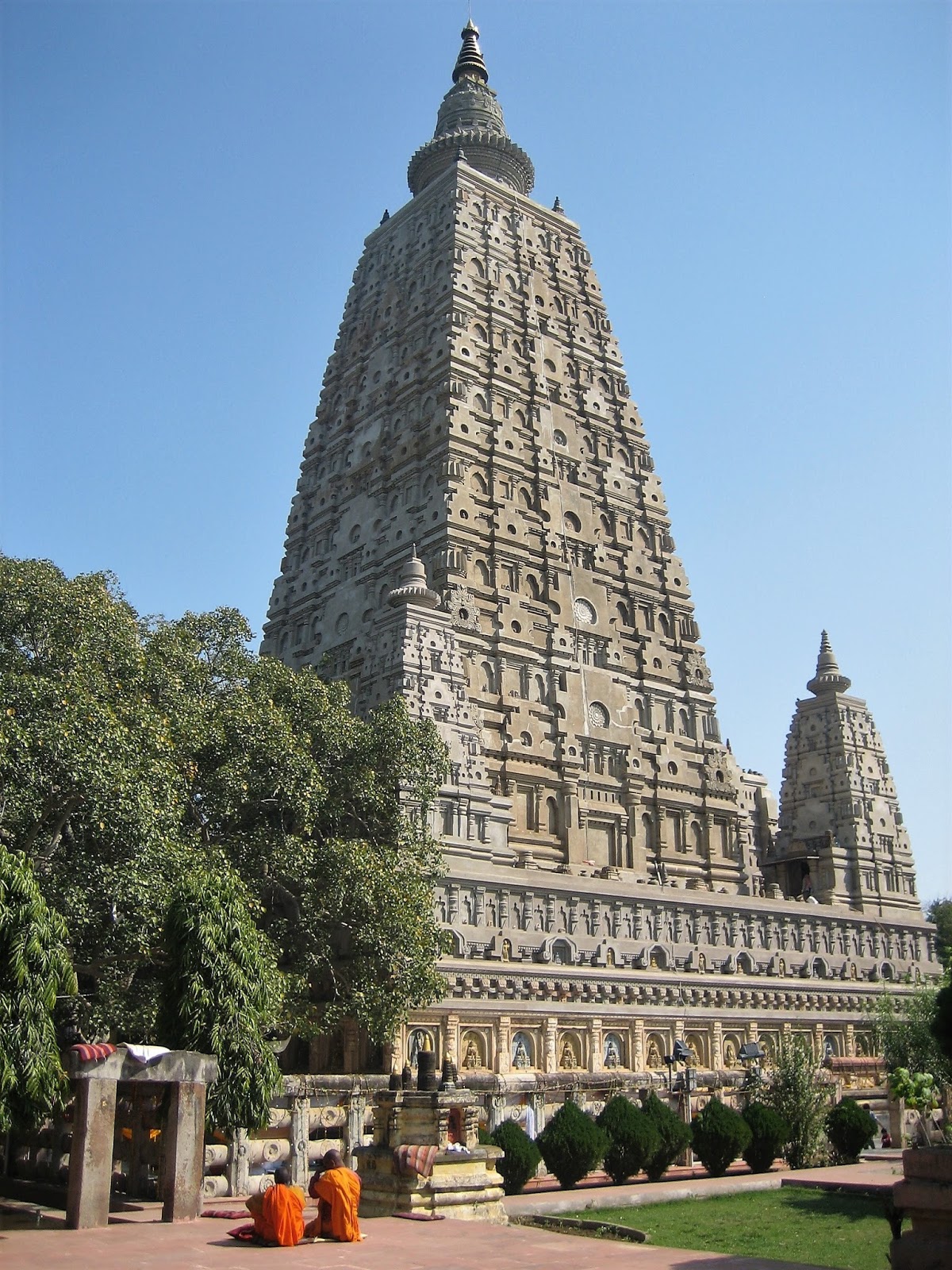Introduction:
India’s rich cultural heritage is woven with threads from various civilizations and religions that have left an indelible mark on its landscape. Among these, Buddhism stands as a profound spiritual tradition that flourished in ancient India. One of the most captivating aspects of Buddhism in India is its magnificent stupas, monasteries, and shrines. These architectural marvels not only reflect the grandeur of Buddhist history but also provide a glimpse into the cultural tapestry of the country. Join us as we embark on a journey to explore India’s magnificent Buddhist stupas, monasteries, and shrines, and discover the treasures they hold.
The Enchanting Stupas:
Buddhist stupas are monumental structures that hold significant religious and historical importance. One of the most revered stupas in India is the Great Stupa of Sanchi, located in Madhya Pradesh. Built in the 3rd century BCE, this colossal structure stands as a testament to the Mauryan Empire’s patronage of Buddhism. With its intricate carvings depicting scenes from the life of the Buddha, the Great Stupa of Sanchi mesmerizes visitors with its architectural elegance. Other notable stupas include the Dhamek Stupa in Sarnath, Uttar Pradesh, and the Amaravati Stupa in Andhra Pradesh.
Monastic Retreats:
Monasteries have always been the epicenter of Buddhist spiritual practices and learning. India is home to several ancient monastic complexes that have withstood the test of time. The Nalanda University ruins in Bihar, dating back to the 5th century CE, were once a thriving center of Buddhist education and attracted scholars from across the world. Today, visitors can explore the ruins and imagine the intellectual and spiritual buzz that once permeated the air. Other notable monastic sites include the Ajanta and Ellora Caves in Maharashtra, which showcase exquisite rock-cut Buddhist sculptures and paintings.
Serene Buddhist Shrines:
Buddhist shrines, often called viharas, offer tranquil spaces for meditation and prayer. Among the most revered shrines is the Mahabodhi Temple in Bodh Gaya, Bihar. It is believed to be the site where Siddhartha Gautama attained enlightenment and became the Buddha. The temple complex is adorned with ornate carvings and houses the iconic Bodhi Tree, a descendant of the original tree under which the Buddha meditated. Another notable shrine is the Hemis Monastery in Ladakh, a Himalayan region in northern India. Known for its vibrant festivals and ancient murals, Hemis Monastery provides an immersive experience into the mystical world of Tibetan Buddhism.
Exploring the Cultural Tapestry:
Beyond their religious significance, Buddhist stupas, monasteries, and shrines provide a gateway to understanding India’s diverse cultural heritage. These architectural wonders showcase a fusion of indigenous styles and influences from other Asian civilizations that embraced Buddhism. The carvings, sculptures, and paintings depict mythological tales, historical events, and the daily lives of people from ancient times. Exploring these sites allows visitors to appreciate the intricate details and craftsmanship that have been preserved over centuries.
India is blessed with numerous renowned Buddhist stupas, monasteries, and shrines. Here are a few more notable sites worth exploring:
Dhankar Gompa, Himachal Pradesh:
Perched atop a rocky cliff in the Spiti Valley, Dhankar Gompa is a picturesque monastery that offers breathtaking views of the surrounding Himalayan landscape. Dating back to the 12th century, this ancient monastery is renowned for its beautiful murals, thangkas, and a statue of Vairocana (Dhayan Buddha).
Tabo Monastery, Himachal Pradesh:
Located in the Spiti Valley, Tabo Monastery is often referred to as the “Ajanta of the Himalayas” due to its stunning collection of murals and ancient scriptures. Dating back to the 10th century, this monastery is one of the oldest continuously functioning Buddhist establishments in India.
Tawang Monastery, Arunachal Pradesh:
Situated amidst the picturesque Tawang Valley, Tawang Monastery is the largest Buddhist monastery in India and the second-largest in the world. Built in the 17th century, it is an important center of Mahayana Buddhism and houses numerous ancient scriptures, manuscripts, and thangkas.
Rumtek Monastery, Sikkim:
Nestled in the foothills of the Himalayas, Rumtek Monastery is one of the most important Buddhist monasteries in Sikkim. Known as the Dharma Chakra Centre, it is the seat of the Karmapa, the head of the Karma Kagyu lineage. The monastery is renowned for its vibrant festivals and beautiful architecture.
Kanheri Caves, Maharashtra:
Located in the Sanjay Gandhi National Park near Mumbai, Kanheri Caves are a series of rock-cut caves that served as a Buddhist monastery complex from the 1st century BCE to the 10th century CE. These caves contain numerous sculptures, inscriptions, and meditation cells, providing a glimpse into the monastic life of ancient times.
Vikramshila University Ruins, Bihar:
Vikramshila University was a renowned center of Buddhist learning in ancient India. Founded in the 8th century CE, it attracted scholars from all over Asia. While the original structure is in ruins, the site still holds archaeological remains and offers insights into the intellectual and spiritual achievements of the time.
Conclusion:
These are just a few examples of the magnificent Buddhist stupas, monasteries, and shrines scattered across India. Each site has its own unique charm, history, and cultural significance, making them a treasure trove for those interested in Buddhism and its influence on Indian heritage.
India’s magnificent Buddhist stupas, monasteries, and shrines offer a profound journey into the country’s spiritual and cultural legacy. From the awe-inspiring stupas to the serene monasteries and the sacred shrines, each structure holds its own significance and tells a story of devotion, artistry, and historical evolution. Whether you are a history enthusiast, a spiritual seeker, or an admirer of architectural marvels, exploring these sites will undoubtedly leave you in awe. So, embark on this journey to witness India’s tapestry of history, architecture, and culture through the lens of Buddhism, and allow these timeless structures to leave an indelible impression on your soul.
